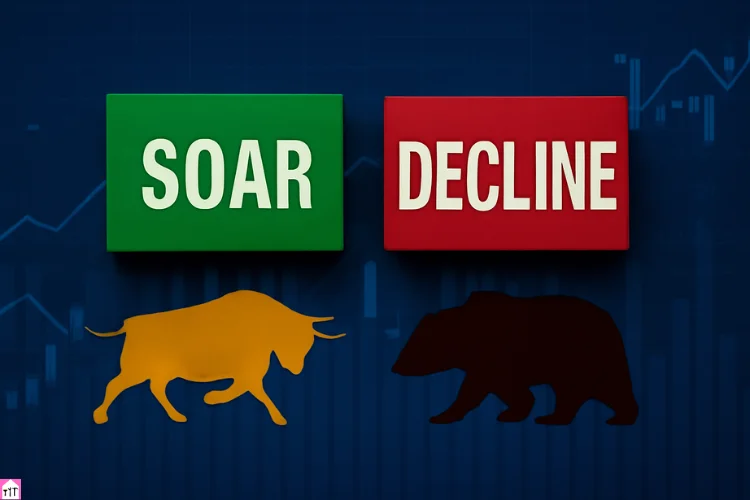
The cryptocurrency market is known for its volatility, and XRP is no exception. xrp price prediction 2030, the question on many investors’ minds is whether XRP will experience a meteoric rise or a significant decline. In this article, we will explore various factors that could influence XRP’s price in the coming decade.
Market Adoption and Use Cases
One of the key drivers of XRP’s price is its market adoption and use cases. Ripple, the company behind XRP, has been actively working on partnerships with financial institutions around the world. These partnerships aim to use XRP for cross-border payments, which could potentially revolutionize the traditional banking system.
If Ripple’s technology gains widespread acceptance and XRP becomes the go-to cryptocurrency for international money transfers, its demand will likely increase significantly. This, in turn, could push the price of XRP to new heights. On the other hand, if Ripple fails to secure major partnerships or if competitors develop more efficient payment solutions, XRP’s adoption may stagnate, leading to a drop in its price.
XRP Regulatory Environment

The rules and regulations governing the market are essential in shaping the future of cryptocurrency. XRP has faced regulatory challenges in the past, particularly in the United States. The Securities and Exchange Commission (SEC) has filed a lawsuit against Ripple, alleging that XRP is an unregistered security. The decision in this lawsuit could greatly influence the future trajectory of XRP.
If the court rules in Ripple’s favor, it could remove a major cloud of uncertainty and boost investor confidence, potentially driving up the price. Conversely, an unfavorable ruling could lead to increased regulatory scrutiny, limited trading, and a decline in XRP’s value.
Competition in the Cryptocurrency Space
The cryptocurrency sector sees intense competition, with countless digital currencies striving for a portion of the market. XRP faces competition from other cryptocurrencies that also aim to provide fast and low – cost cross – border payment solutions, such as Stellar Lumens and Bitcoin Cash.
These competitors may offer similar or even superior features, which could attract users away from XRP. Additionally, the development of central bank digital currencies (CBDCs) could pose a threat to XRP’s market position. If CBDCs are widely adopted for cross-border transactions, the demand for XRP may decrease, causing its price to fall.
Technological Advancements
Technological advancements can both positively and negatively affect XRP’s price. Ripple is constantly working on improving its technology to enhance the scalability, security, and efficiency of XRP. If Ripple successfully implements new features and upgrades, it could make XRP more attractive to users and investors.
However, if other cryptocurrencies develop more advanced technologies at a faster pace, XRP may fall behind. For example, the emergence of new consensus algorithms or privacy-enhancing features in competing cryptocurrencies could make them more appealing than XRP.
XRP Price Prediction Conclusion

In conclusion, predicting XRP’s price in 2030 is a complex task, as it depends on a multitude of factors. While there are potential scenarios where XRP could soar in value, there are also risks that could cause it to decline. Investors should carefully consider these factors and conduct thorough research before making any investment decisions regarding XRP.
FAQs
1- What factors influence the price of cryptocurrencies?
The price of cryptocurrencies can be influenced by factors such as market demand, investor sentiment, technological advancements, competition, and regulatory developments. Market trends, adoption rates, and overall economic conditions also play a crucial role.
2- How can alliances affect the long-term success of digital currencies?
Strategic partnerships with financial institutions and businesses can provide credibility and increase adoption rates for digital currencies. These collaborations often lead to better use cases, making the digital currency more valuable in the eyes of investors and users.
3- Why is competition a significant challenge for digital currencies?
With thousands of digital assets in circulation, competition is a constant challenge. Digital currencies that offer better functionality, faster transactions, or lower fees may attract more users, leading to shifts in market share and potentially affecting the value of others.
4- What impact do regulations have on the functioning of the cryptocurrency market?
Regulatory bodies ensure that digital assets comply with laws and regulations, providing a more secure and transparent environment. However, regulatory actions can also limit or restrict the trading of certain cryptocurrencies, influencing their value and investor confidence.
5- What role do technological innovations play in determining the value of cryptocurrencies?
Technological advancements can increase the efficiency, security, and scalability of digital currencies, making them more appealing to users and investors. However, if competitors develop more advanced features or offer better solutions, it could decrease the attractiveness of existing digital currencies.